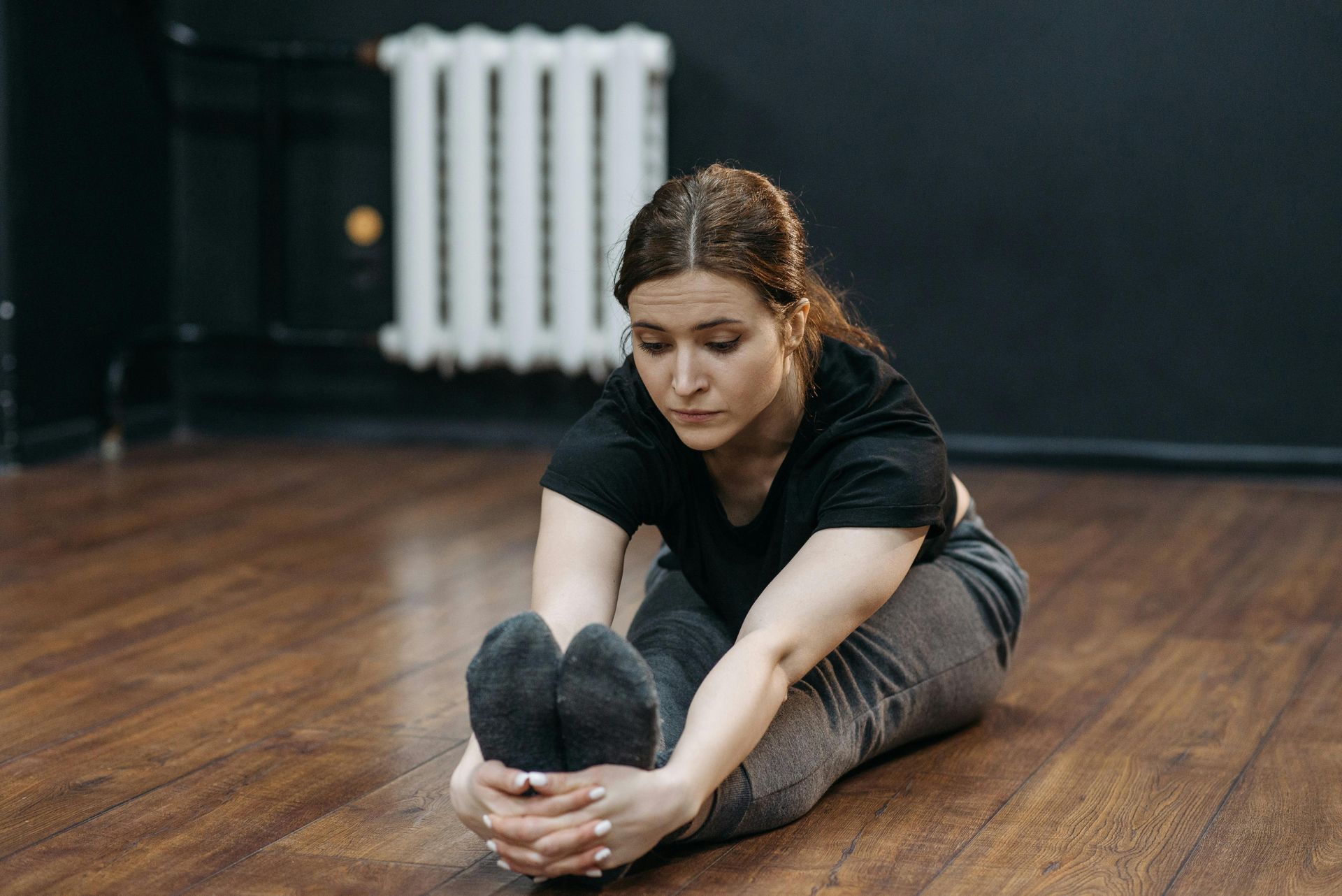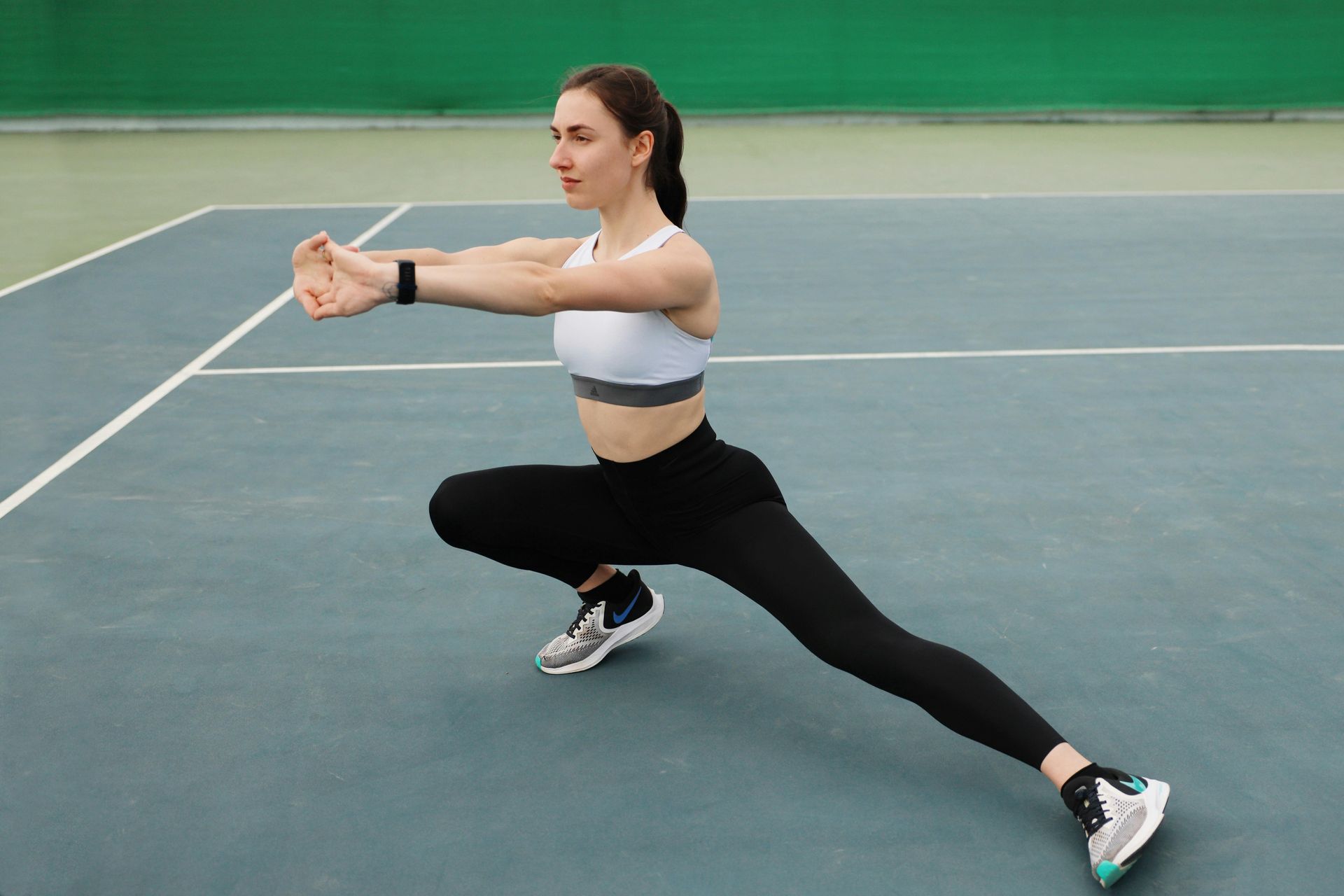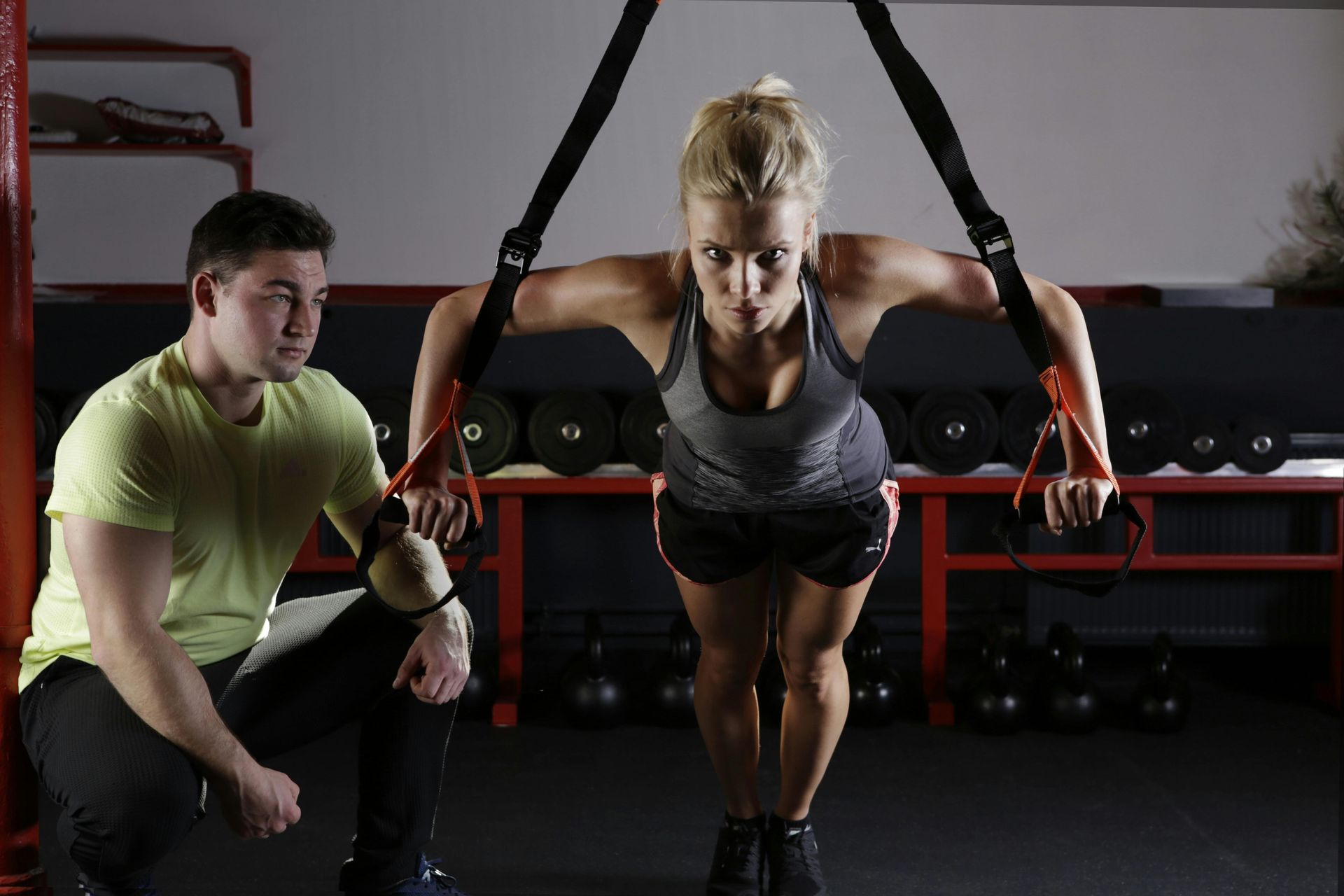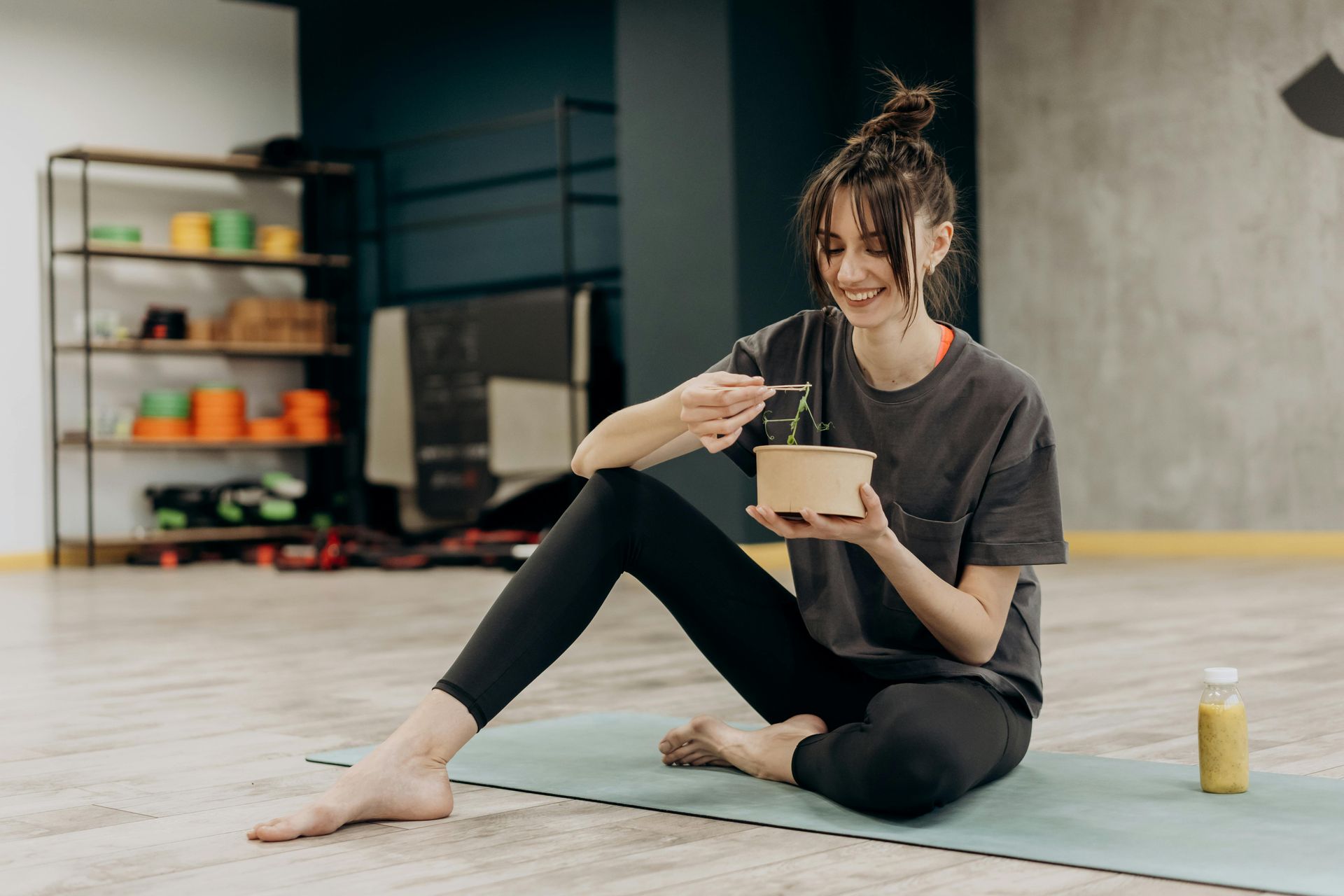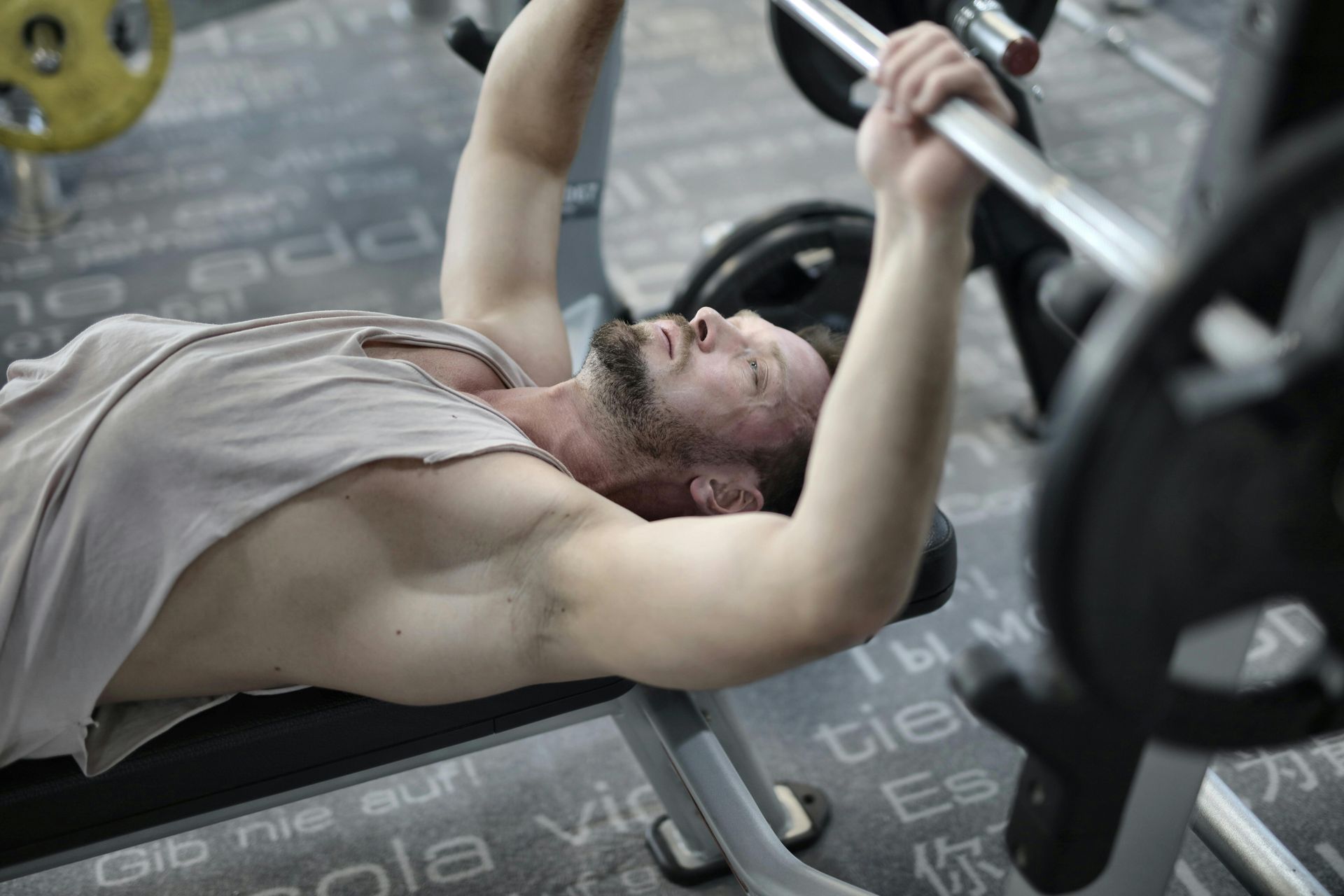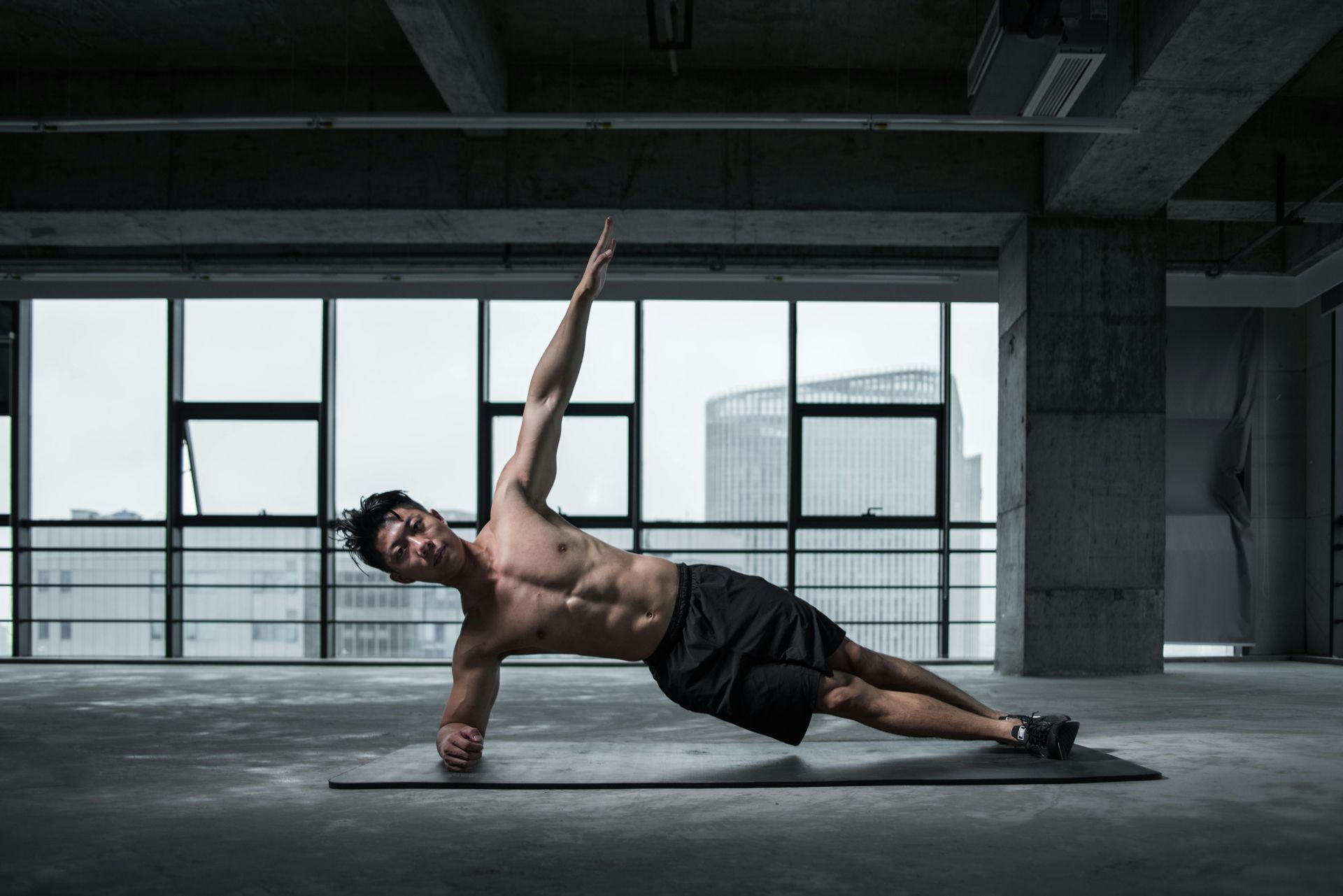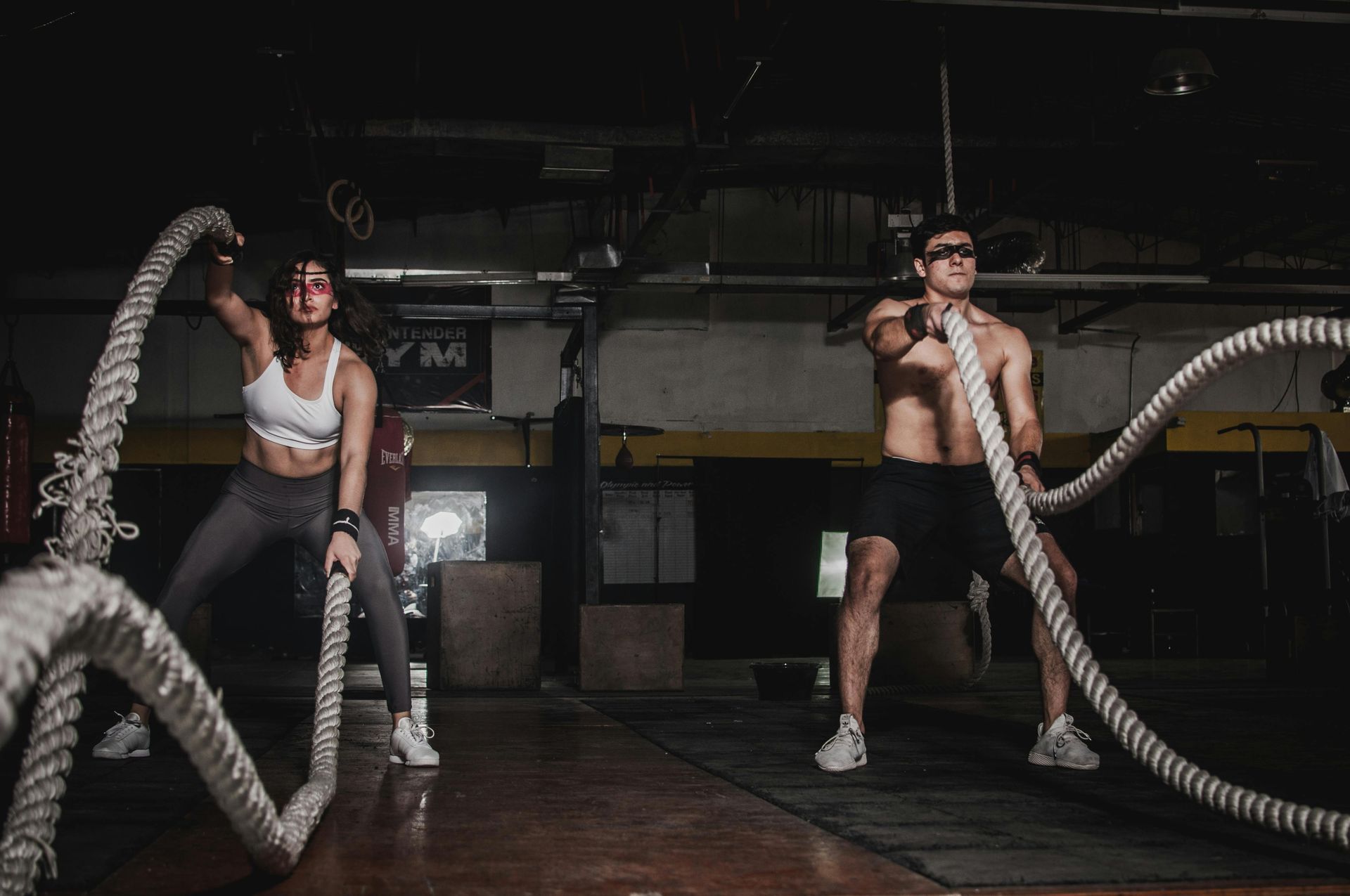Is Pilates Resistance Training?
Understanding the pros and cons and deciding what is right for you
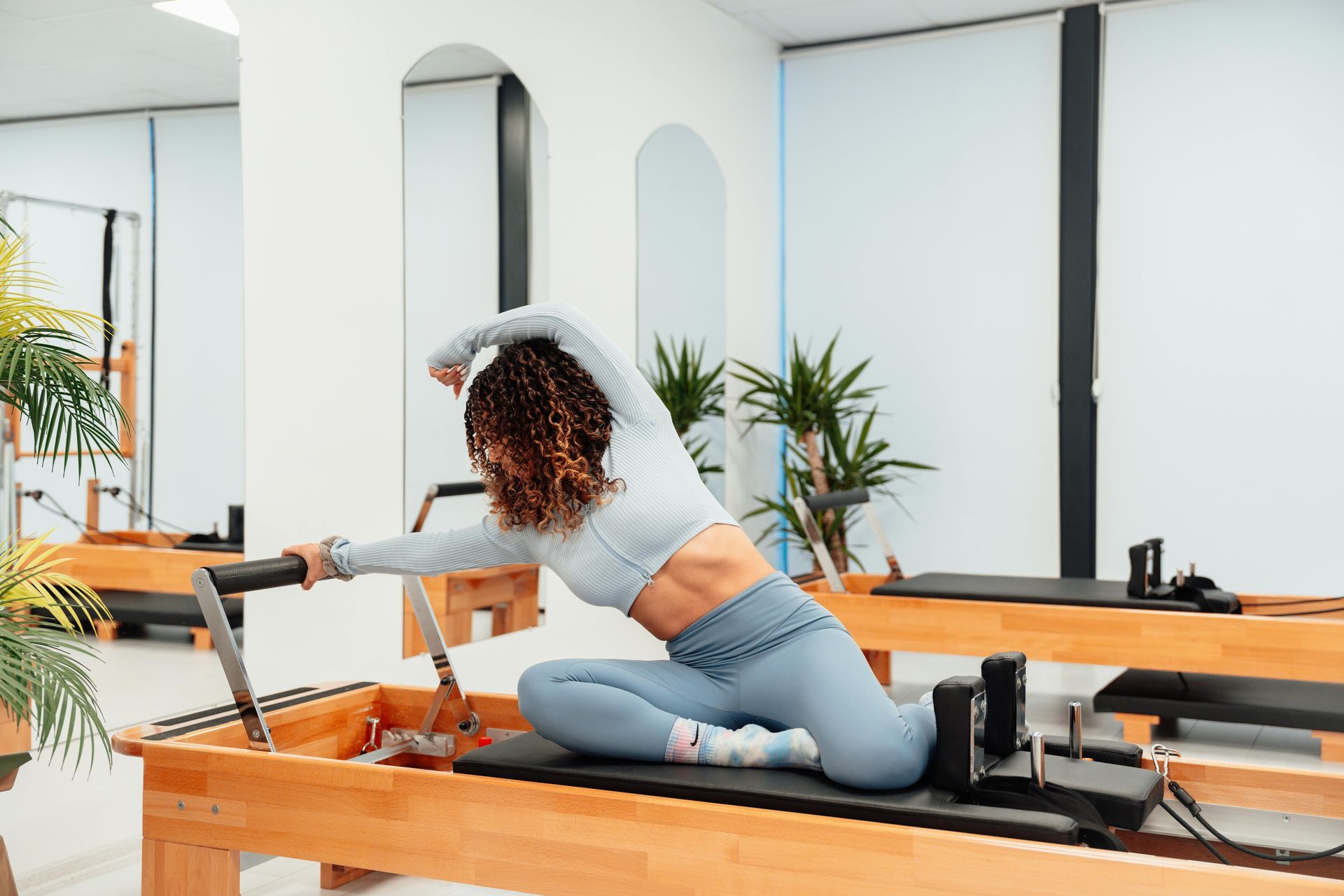
We all understand the importance of resistance training for a healthy and functional body. Whether you're aiming for increased strength, better endurance, or simply to feel more capable in your daily life, some form of resistance is crucial. Two popular options that often come up are Pilates and traditional weightlifting (AKA strength training). Let's delve into their differences and how they might fit into your fitness journey.
As we established before, Pilates is indeed a form of resistance training. Any personal trainer who dismisses Pilates outright likely doesn't fully grasp its potential or benefits. It definitely uses resistance – be it your own body weight, springs on specialized equipment, or light dumbbells – to challenge your muscles.
Pilates can be incredibly challenging. Even experienced weightlifters can find the deep core engagement and precise movements surprisingly difficult. It’s excellent for targeting those often-neglected stabilizing muscles and improving overall body awareness.
However, the landscape of resistance training is broad, and it's important to understand where Pilates fits in relation to other forms, especially higher load resistance training like strength training.
Pilates Versus Strength Training
Pilates, developed by Joseph Pilates, centers around controlled, precise movements that emphasize core strength, stability, flexibility, and a strong mind-body connection. It works the deep core muscles as the foundation for all exercises, often utilizing mat work or specialized equipment such as the reformer.
Strength training, in contrast, typically involves using heavier external loads like barbells, dumbbells, and weight machines. The primary goals here are to build significant muscle mass, strength, and power. Exercises often involve larger compound movements that engage multiple muscle groups simultaneously. A key principle in weightlifting is progressive overload, gradually increasing the weight, reps, or sets over time to continually challenge the muscles.
Key Differences and Scientific Considerations
This leads us to a crucial distinction. While Pilates is fantastic and challenging, it's best considered as a supplement to, not a substitute for, higher load resistance training when it comes to certain specific health outcomes.
Higher load strength training that applies scientific principles (like the principle of progressive overload) provides benefits to a significantly greater degree than pilates does particularly in areas like:
Enhanced Bone Mineralization (for Osteoporosis): Lifting heavier weights puts stress on the bones, stimulating them to become denser and stronger, which is crucial for preventing or reversing osteoporosis. A systematic literature review and meta-analysis by Wang and colleagues (2023) notes that it has been established that “exercise of moderate-to-high intensity” was considered most helpful. However, they note that recommendations could have been more specific. For instance, is moderate or high intensity exercise more ideal? They found that moderate intensity resistance training (between around 60-80% of 1RM; intensities that are quite common among bodybuilders and strength athletes) three days per week was superior to higher intensities in postmenopausal women particularly in the lumbar spine and femoral neck.
Another meta-analysis (Kitsuda and colleagues, 2021) suggests that high-load resistance training can be effective in increasing bone mineral density, primarily in the lumbar spine, of individuals with osteoporosis and osteopenia. However, the authors note certain limitations that call for further research into this topic. A 2022 meta-analysis by Massini and colleagues indicates resistance training (with sets taken to failure with loads that were 70-90% 1 RM) “evidenced a positive effect on the [bone mineral density] at the hip… and spine… but not in the femoral neck”.
Overall, these studies support the claim that loads that are sufficiently high (generally between 60-90% 1 RM) have the most positive impact on bone mineral density which can either prevent, slow down, or reverse osteopenia and osteoporosis. These are loads and intensities that are not typical in Pilates.
Enhanced Muscle Growth (for Sarcopenia): While Pilates can improve muscle endurance and tone, higher load training is more effective at stimulating significant muscle hypertrophy (growth), which is vital for combating age-related muscle loss (sarcopenia). For instance, a systematic review and meta-analysis (Schoenfeld and colleagues, 2017) indicates “that maximal strength benefits are obtained from the use of heavy loads [>60% 1RM] while muscle hypertrophy can be equally achieved across a spectrum of loading ranges”. While this study does not directly compare Pilates to strength training, it highlights the effectiveness of higher loads for strength, which is often associated with greater muscle growth potential.
Csapo and Alegre (2015) did a meta-analysis “to compare the efficacy of heavy (~80% of one repetition maximum, 1RM) vs light-moderate load (~45% 1RM) resistance training (RT) programs in inducing strength gains and skeletal muscle hypertrophy in elderly people.” They found that higher loads lead to greater gains in both strength and muscle growth.
Overall, the evidence suggests that higher load resistance training is generally more effective at stimulating muscle strength and size gains, which are crucial for combating sarcopenia. Pilates, with its focus on muscle endurance and tone using body weight and light resistance, may not provide the same level of stimulus, and may therefore be significantly less effective when it comes to preventing sarcopenia and losses in strength and power as people age.
Enhanced Cognitive Function (for Cognitive Decline and Dementia): Emerging research suggests a strong link between higher load resistance training and improved cognitive function, potentially playing a role in dementia prevention. A 2021 systematic review and meta-analysis by Huang and colleagues looked at 71 randomized controlled trials with a total of 5,606 participants. They found that “All types of exercise were effective in increasing or maintaining global cognition, and resistance training had the highest probability of being the most effective intervention in slowing the decrease in global cognition…executive function… and memory function… in patients with cognitive dysfunction.” The evidence also seemed to suggest that “multicomponent exercise was most likely to be the optimal exercise therapy”. Research by Zhang and colleagues (2020) and Coelho-Junior and colleagues (2020) found similar results and a study by Azevedo and colleagues (2023) found that high-intensity resistance training generally had positive impacts on cognitive function that may influence the development of Alzheimer’s disease.
Overall, studies suggest that higher load resistance training may improve cognitive function and prevent or slow down cognitive decline. While exercise in general was found to be beneficial, higher load resistance training comes out on top once again.
Benefits for Metabolic Health: strength training is particularly effective for preventing metabolic conditions like type 2 diabetes. A study by Shiroma and colleagues (2017) found that strength training reduced the risk of type 2 diabetes and cardiovascular disease, “independent of aerobic exercise.” They note that more “research is needed to determine the optimum dose and intensity of muscle-strengthening exercises.”
Srikanthan and Karlamangla (2011) found that “higher muscle mass (relative to body size) is associated with better insulin sensitivity and lower risk of [prediabetes].” Lee and colleagues (2016) found an association between sarcopenia and metabolic syndrome. Kim and Kim (2020) show that individuals with sarcopenia were more likely to have metabolic syndrome compared to those with normal muscle mass.
Overall, increased muscle mass is beneficial for metabolic health and the type of training that performs best when it comes to either preserving or increasing muscle mass is strength training, not Pilates.
All Movement is Good, But Not All Movement is Equally Good
The truth is, both Pilates and weightlifting have valuable roles to play in a well-rounded fitness routine. Pilates excels at building a strong core, improving flexibility, enhancing body awareness, and can be a fantastic tool for injury prevention and rehabilitation. Weightlifting is the gold standard for building significant strength, power, and muscle mass, and offers superior benefits for bone health, muscle growth, metabolic health, and cognitive function.
All movement is good movement, but not all movement is equal when it comes to particular goals and desired benefits. If your primary goals include maximizing bone density, building significant muscle, or leveraging the cognitive benefits of exercise, then strength training should be a cornerstone of your program. Pilates can then be strategically incorporated to enhance core strength, flexibility, and overall movement quality.
Ultimately, the best approach is one that aligns with your individual goals, preferences, and health needs. Consider consulting with a qualified fitness professional to determine the ideal balance of Pilates and weightlifting for your specific circumstances.
Final Thoughts
Pilates is a form of resistance training that utilizes body weight, springs, or light weights to challenge muscles, emphasizing core strength, control, flexibility, and body awareness. While it offers significant benefits and can be challenging even for experienced weightlifters, it differs strength training, which focuses on building strength, power, and muscle mass using heavier external loads with progressive overload. Scientific evidence suggests that higher load strength training provides superior benefits for enhanced bone mineralization, muscle growth, cognitive function, and metabolic health compared to Pilates.
In conclusion, both Pilates and weightlifting offer valuable contributions to a comprehensive fitness routine. Ultimately, the optimal approach involves understanding your individual goals and potentially integrating both methods for a well-rounded and effective fitness journey, perhaps with guidance from a qualified professional.



